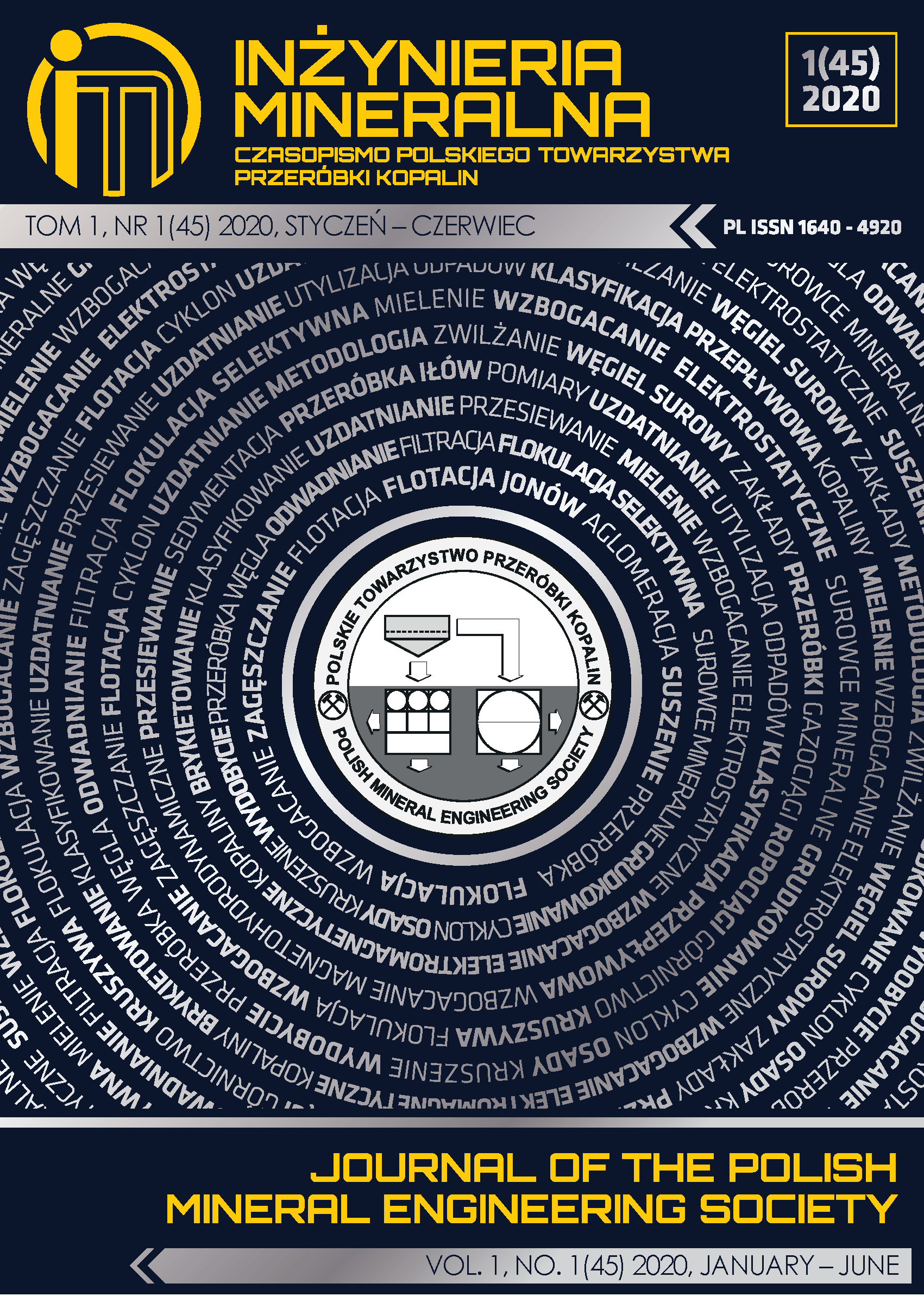The Mechanism of Amphoteric Metals Cations Immobilization into Clay-Cement Mixtures
Abstract
The article presents the possibilities of using special prepared binders to reduce the emission of ions from soil, and immobilize metals migration from waste deposits. Clay-cement slurries are mixtures containing in their compositions clinker binder and clay minerals, in this case they were Bełchatów and Koniecpol clays. After hydratation process mixtures they create flexible and tight structures that are used, among others, as a barriers immobilizing the spread of pollution. The tests have shown that in the case of amphoteric metals, it is possible to accumulate almost 100% of the contamination using clay-cement suspensions. An attempt was also made to explain the mechanisms of ion retention in arised structures. The article presents three probable mechanism of amphoteric ions binding, the first is retention in the clay minerals interlayer spaces, the second is entrapment in CSH type phases formed during hydratation. Last possibility is formation of some new silicate structures.
This journal permits and encourages authors to post items submitted to the journal on personal websites or institutional repositories both prior to and after publication, while providing bibliographic details that credit, if applicable, its publication in this journal.







.png)
